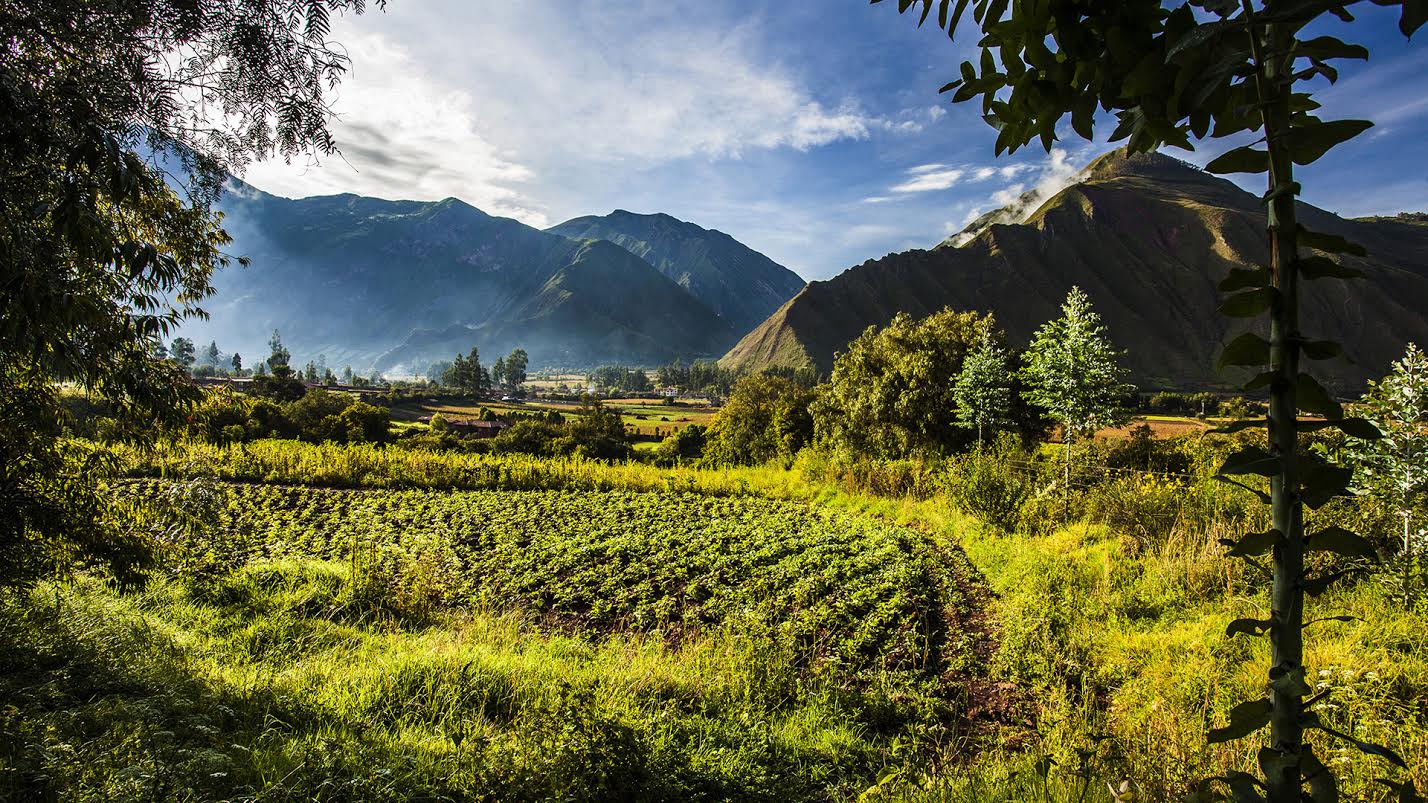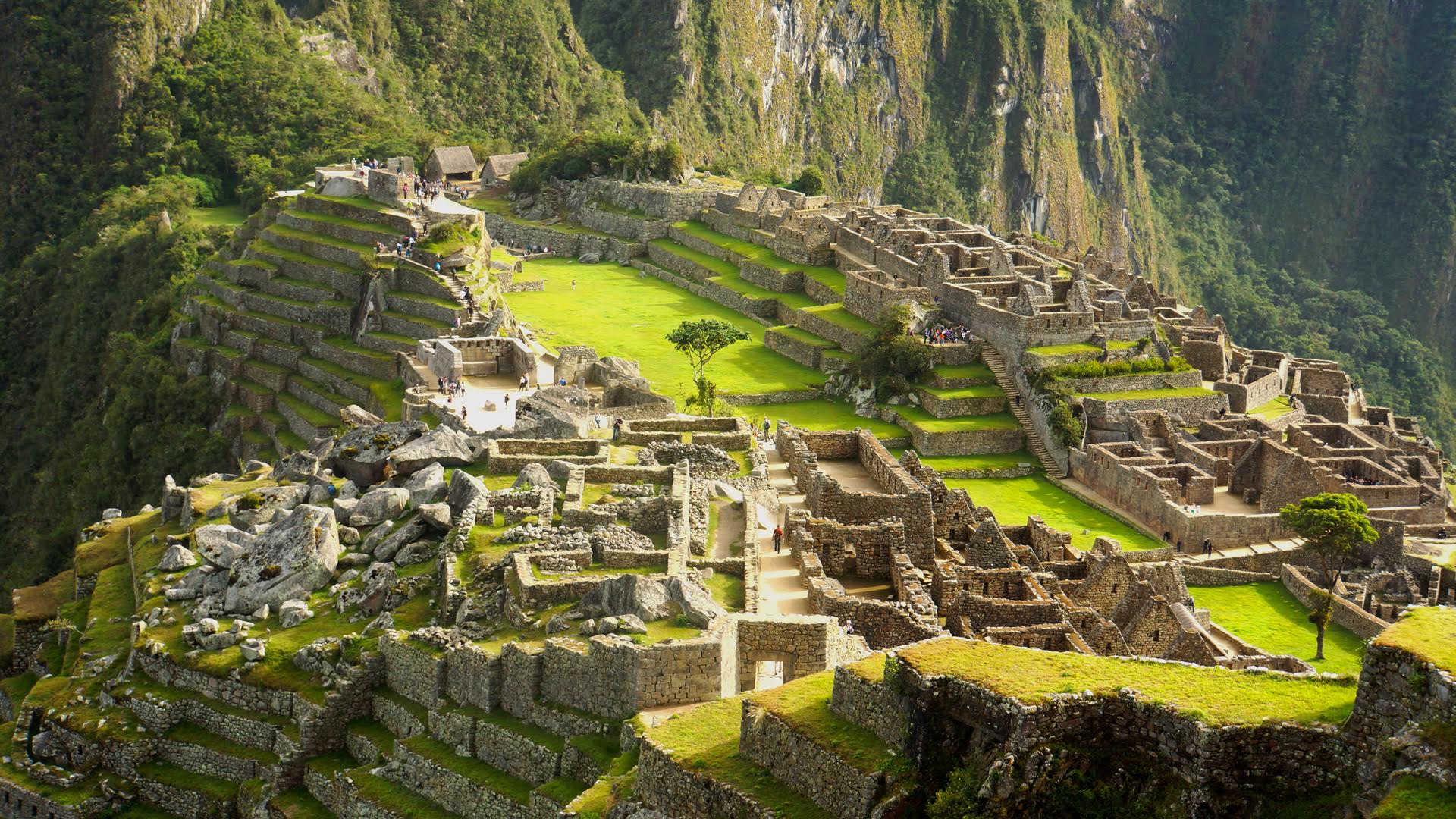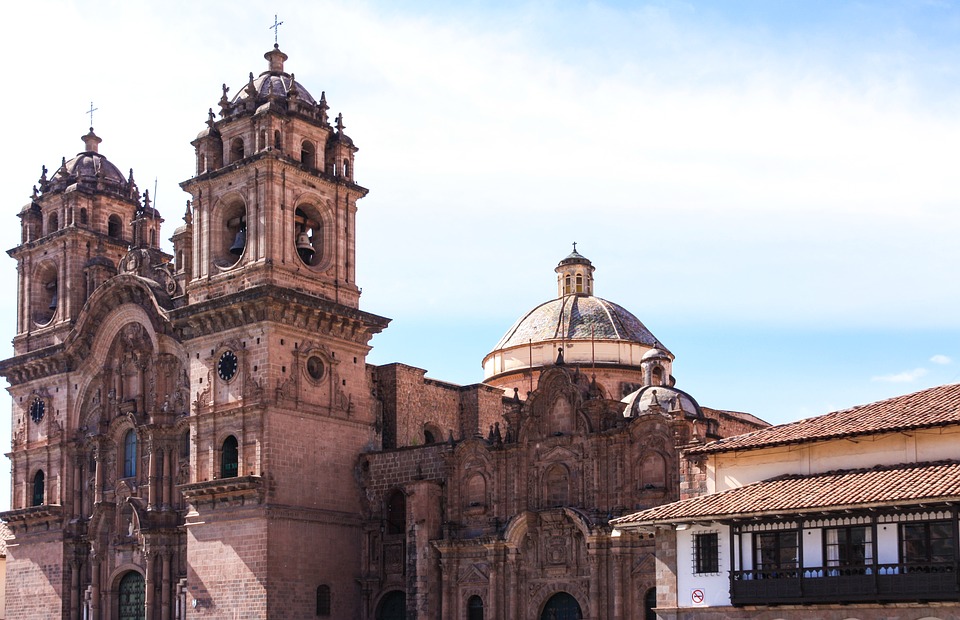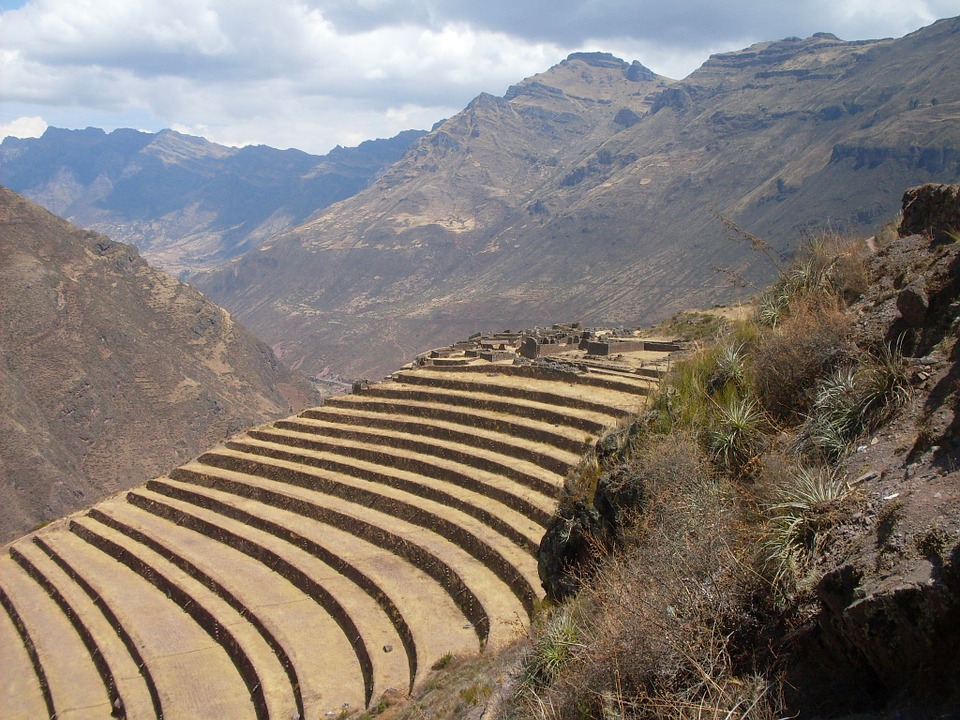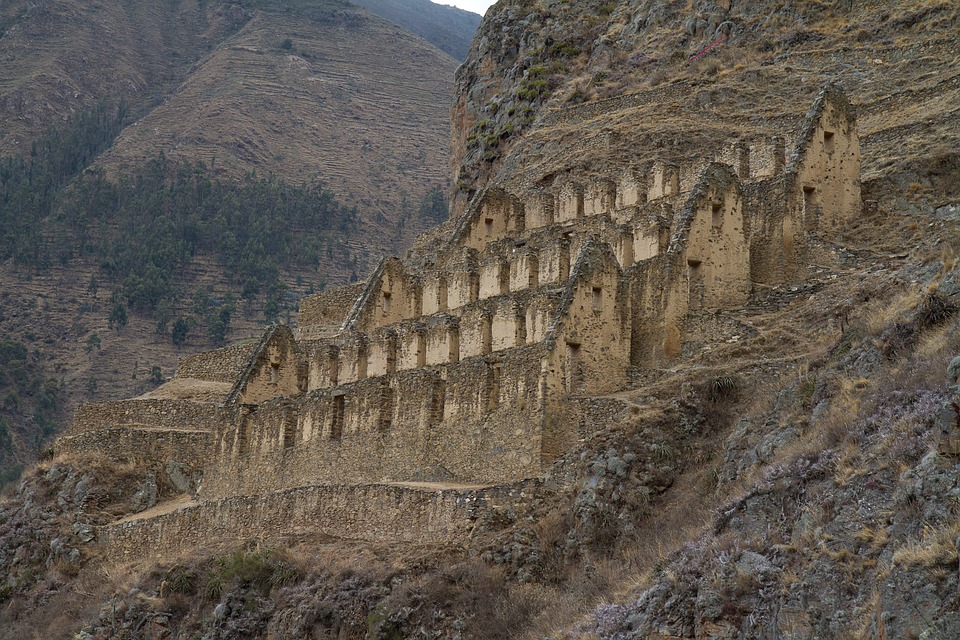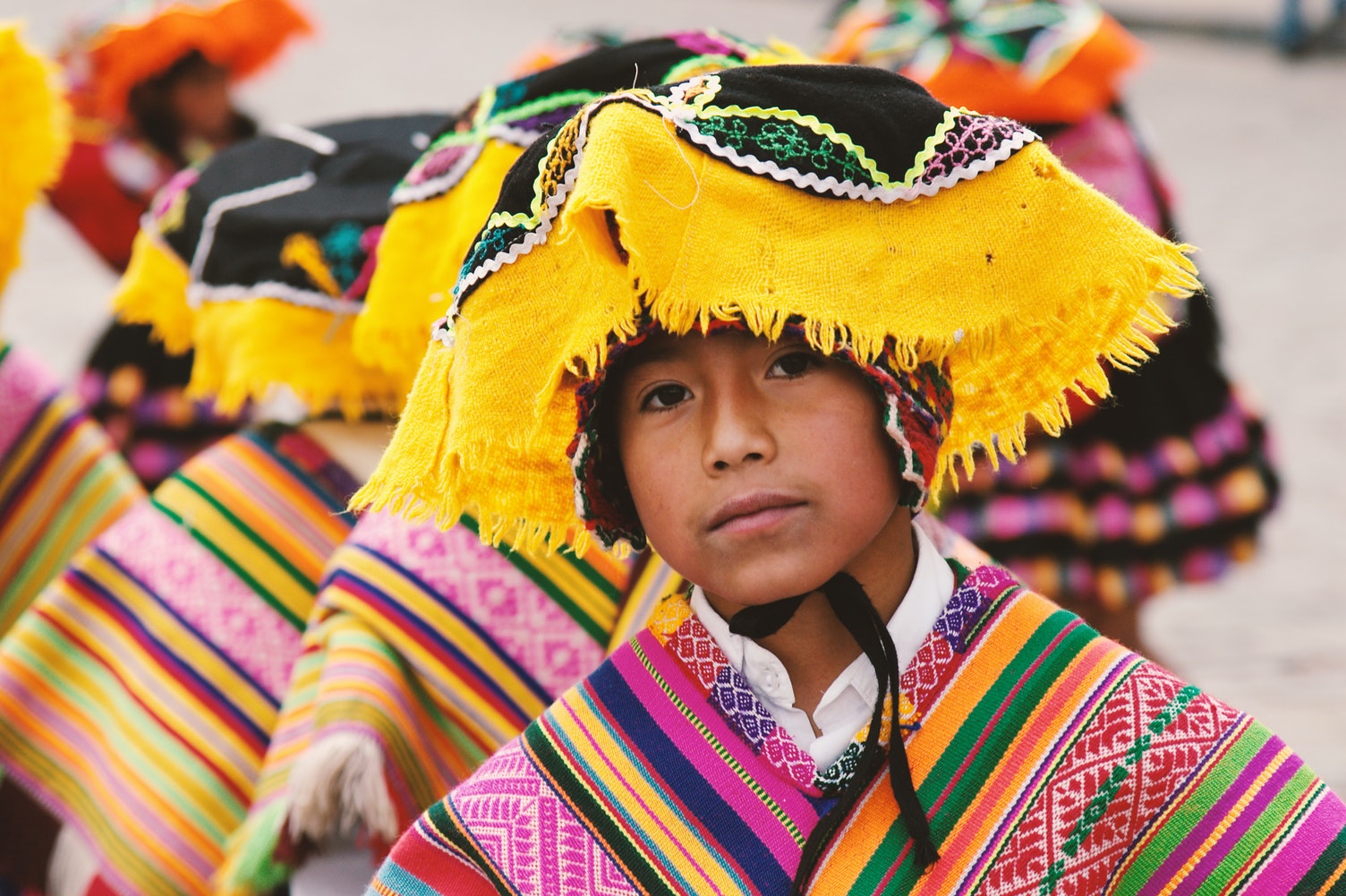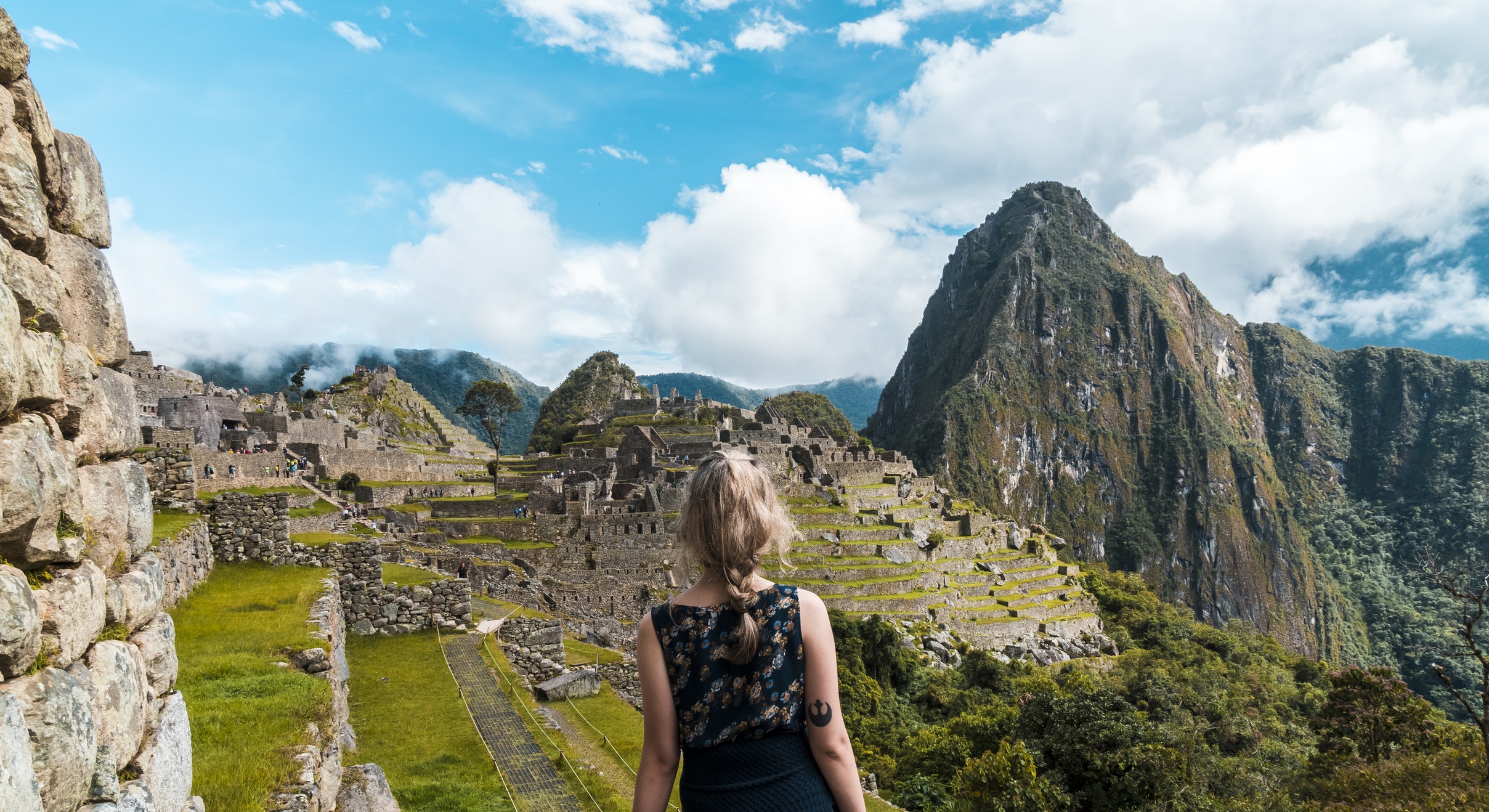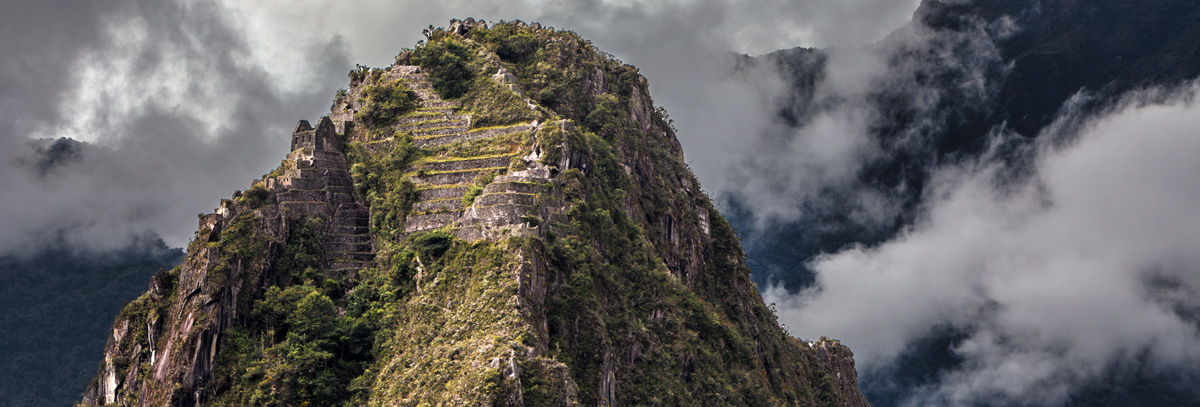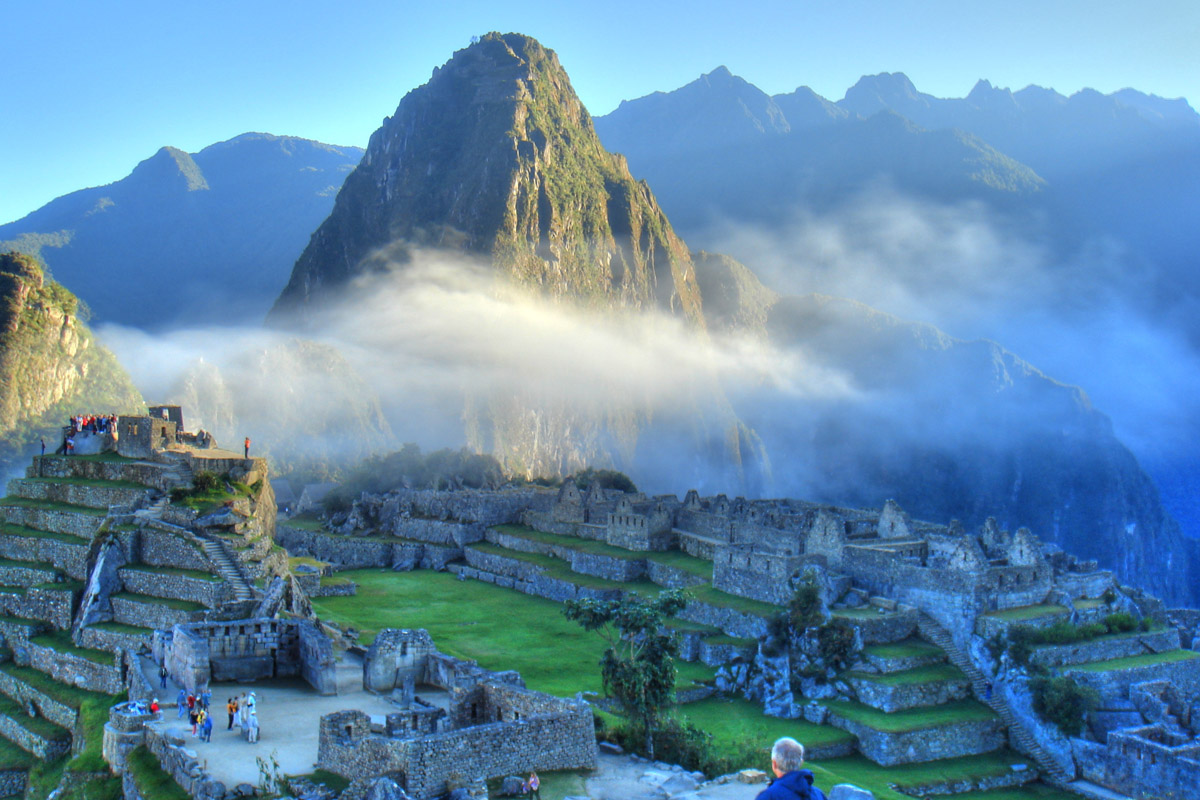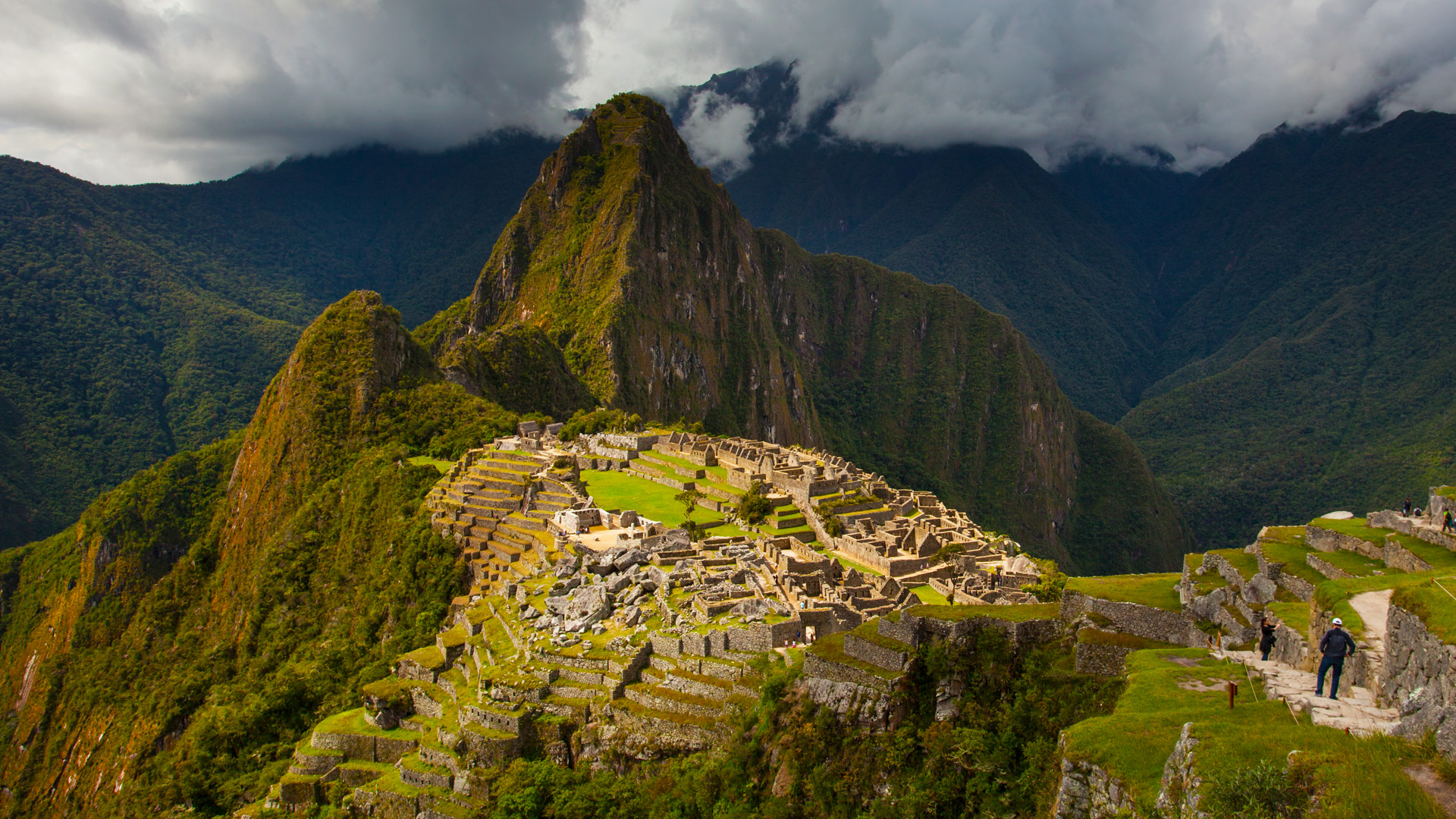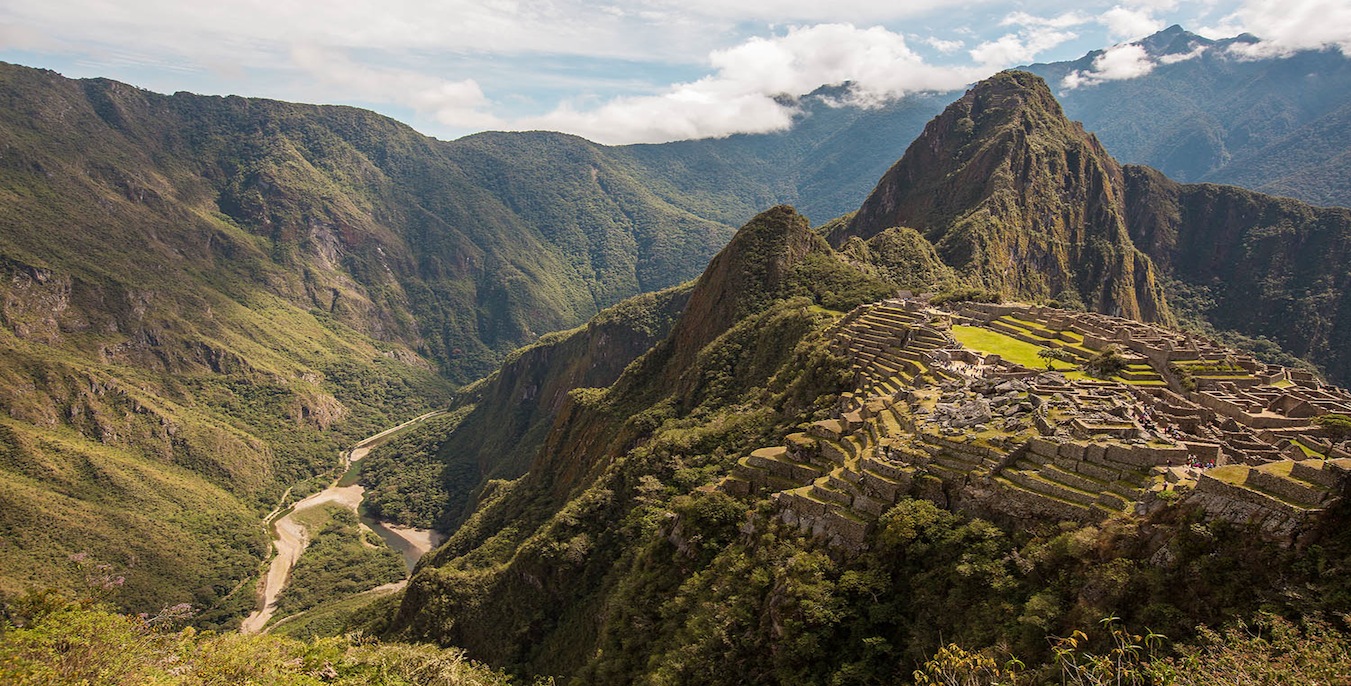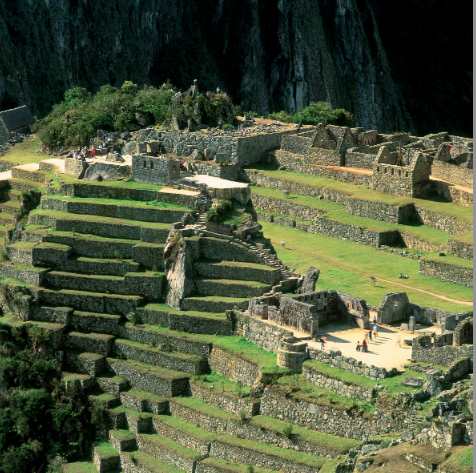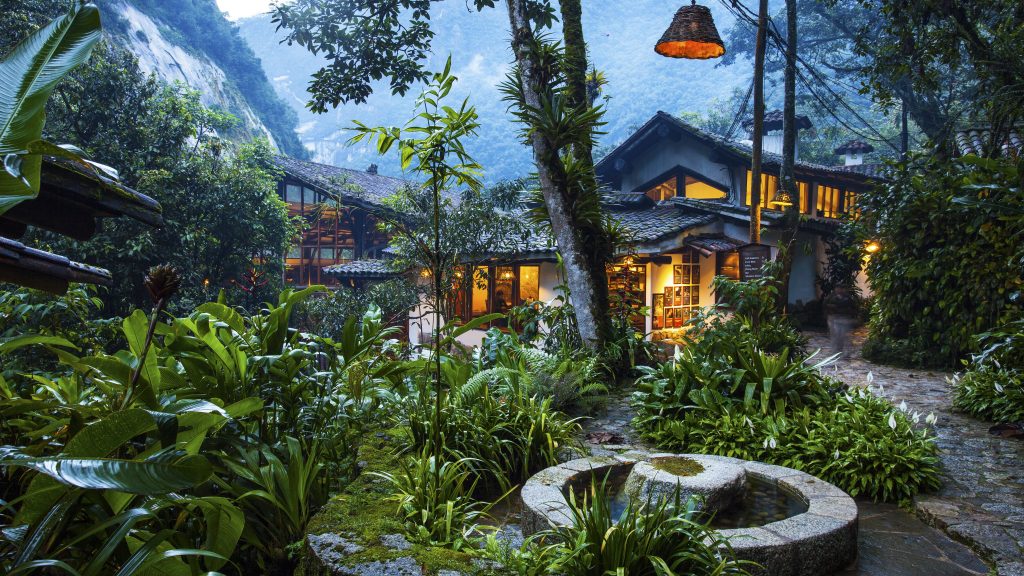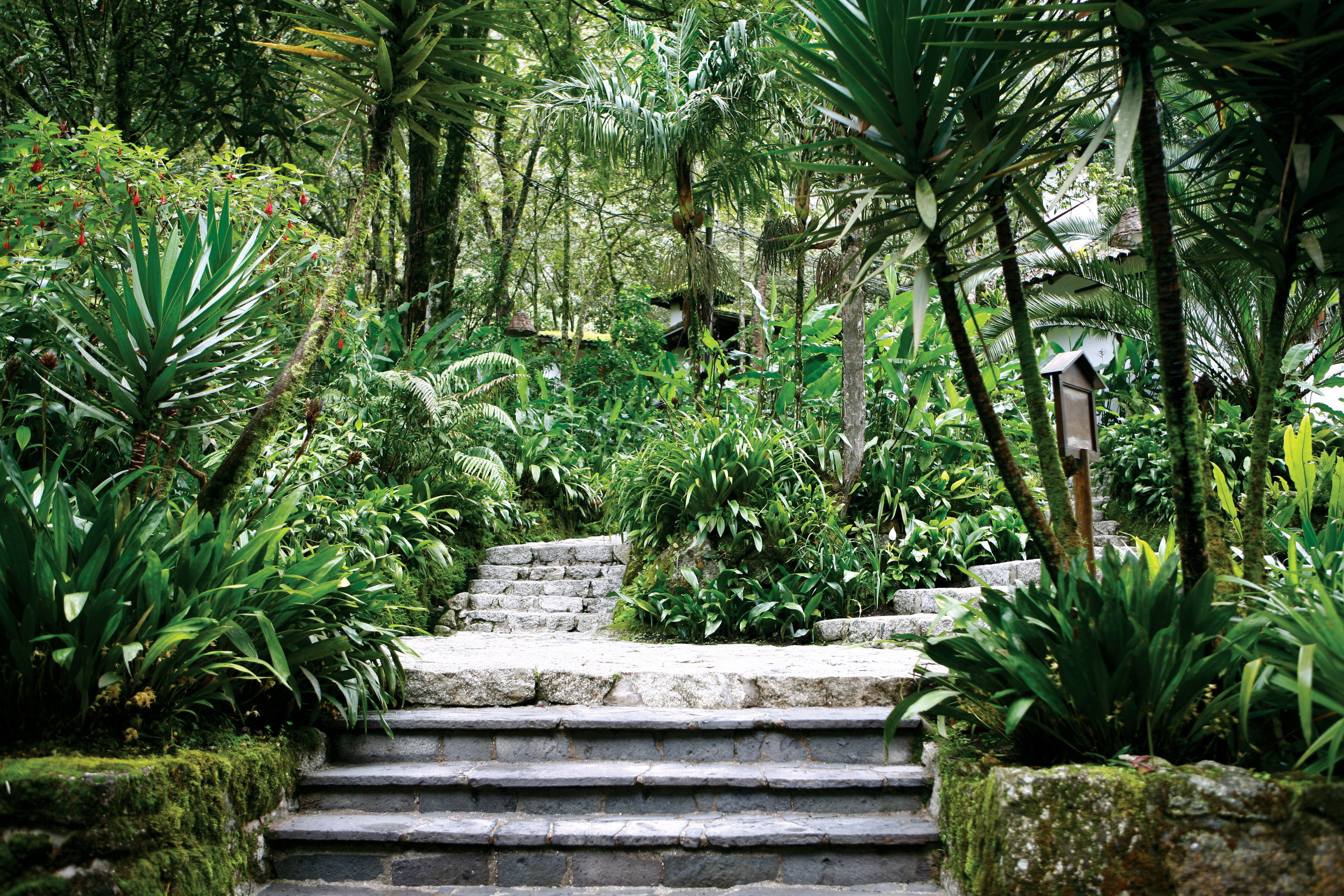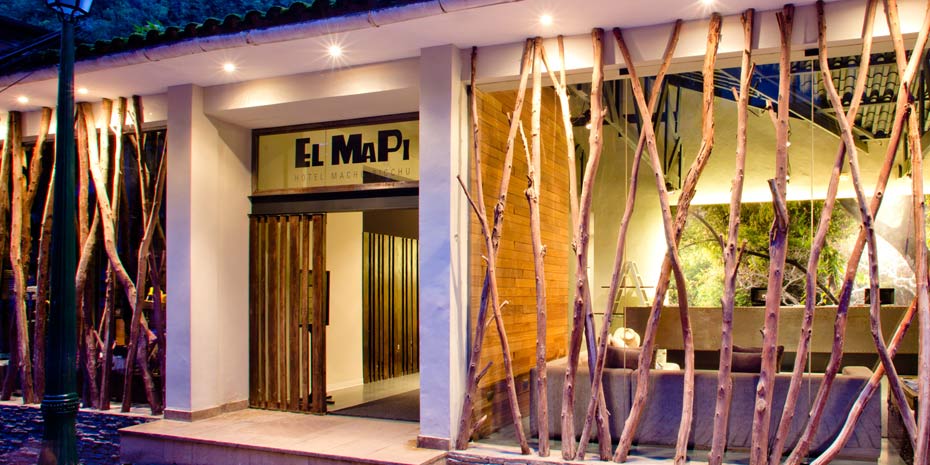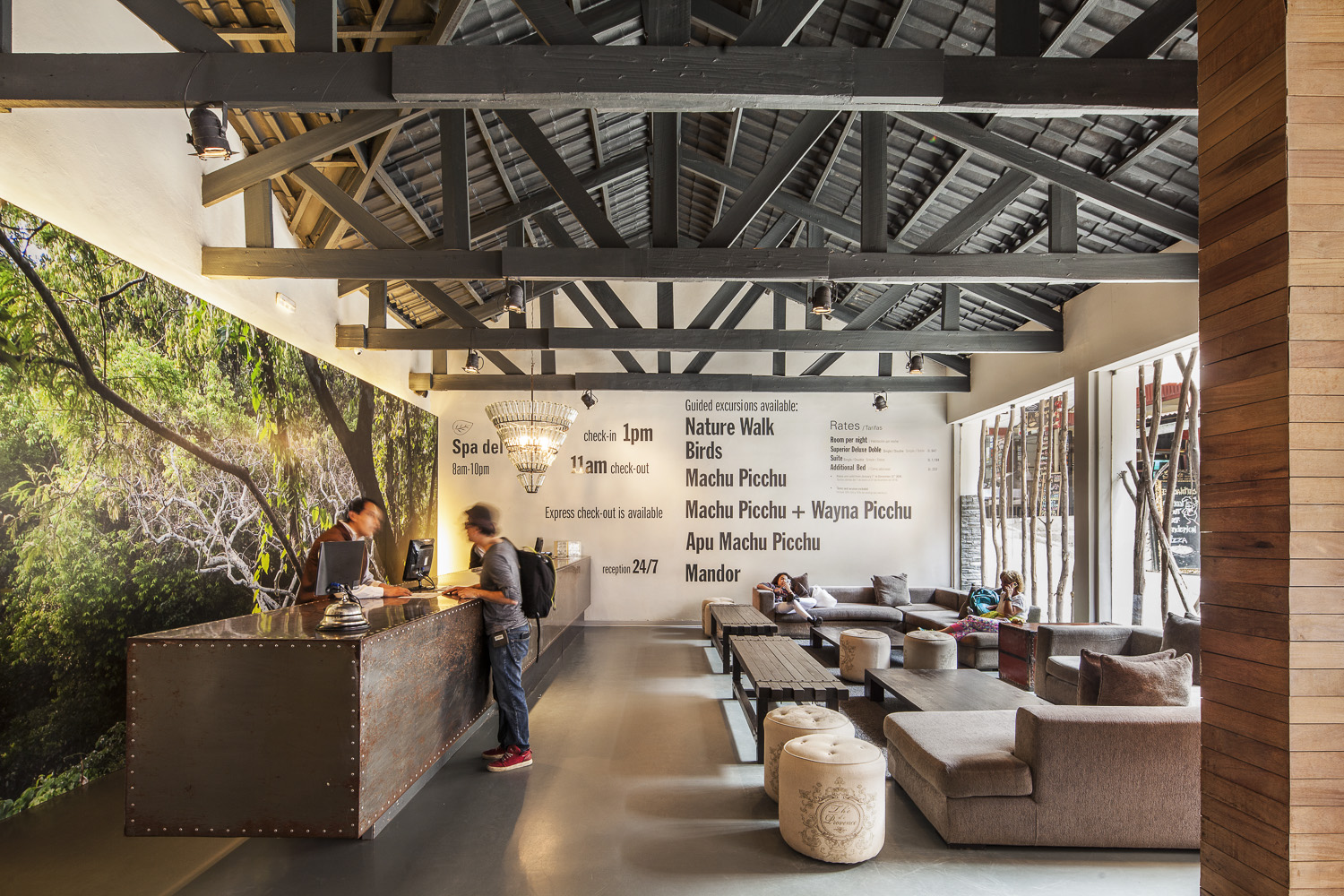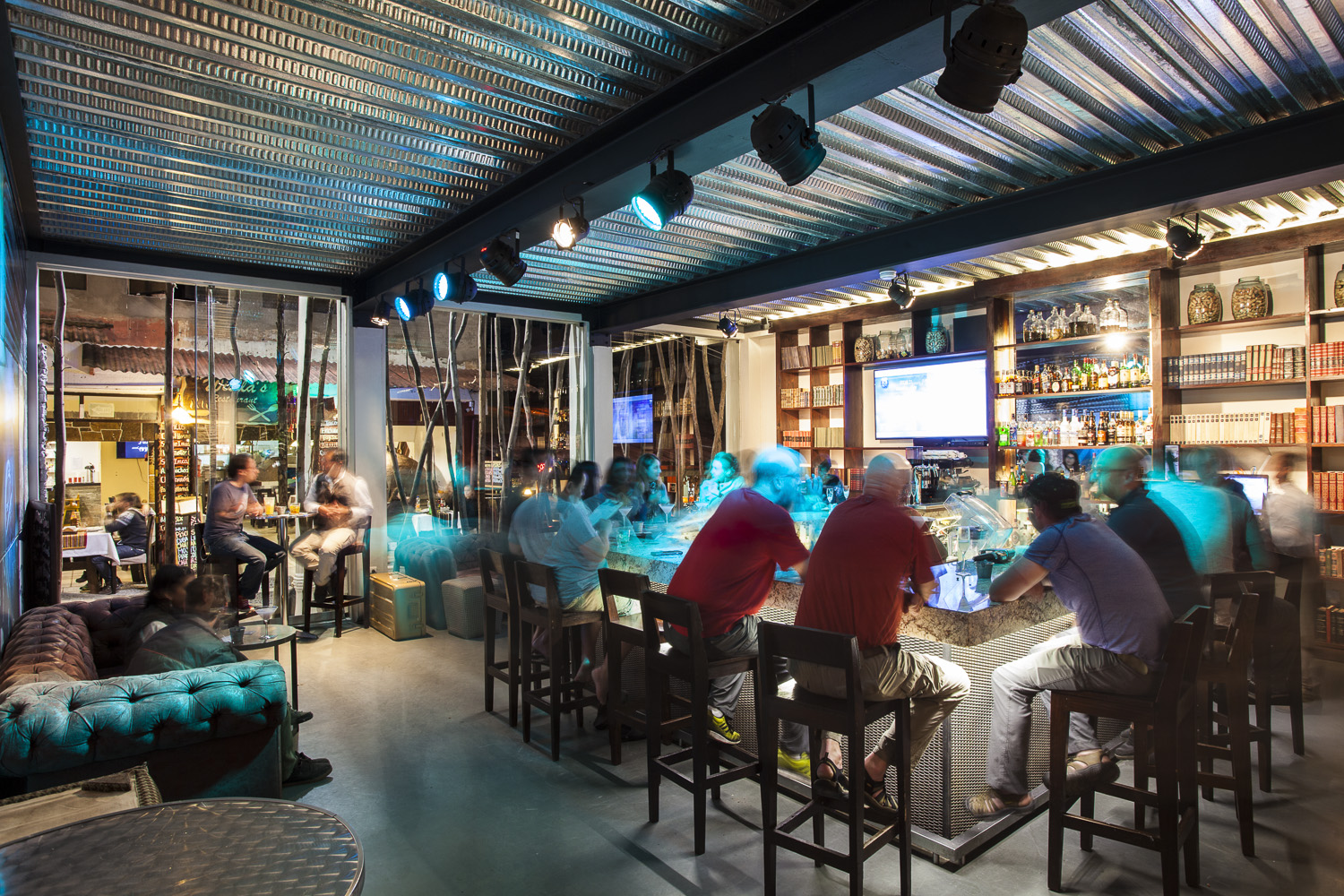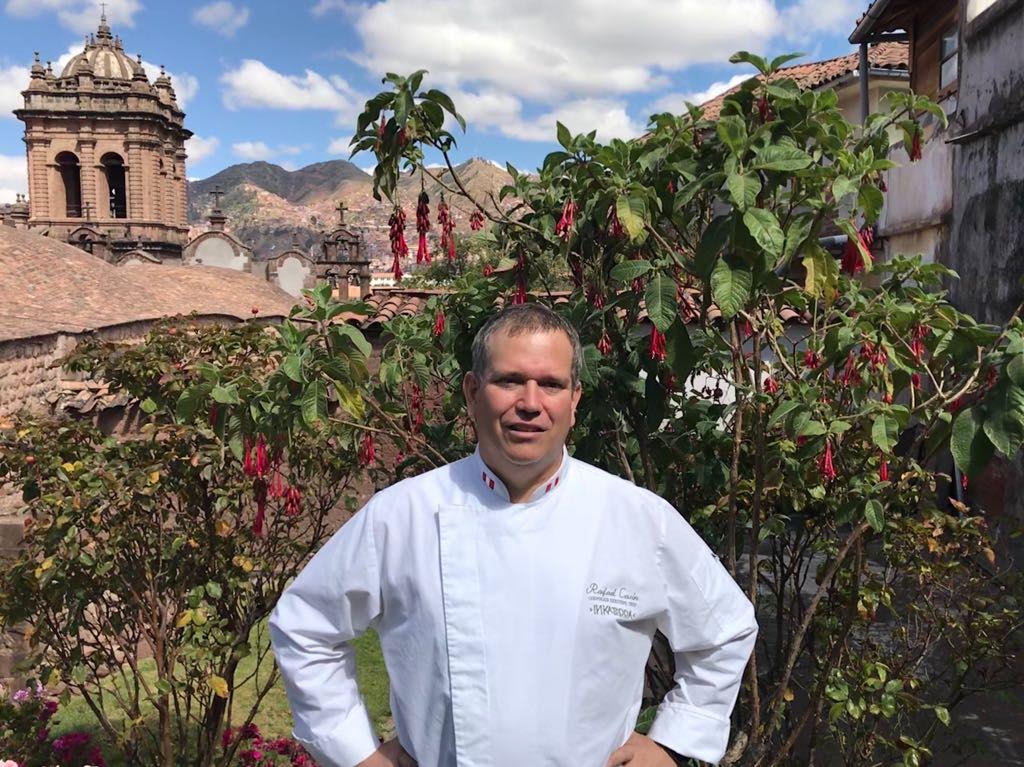
Rafael Casin, Inkaterra’s Corporate head of F&B and Chef, is best known for his ingenious take on sustainable food, bringing the ‘Earth to Table’ concept to Inkaterra Hacienda Urubamba‘s guests who wish to get closer to the traditional Andean way of eating. What inspired our extraordinary chef to think of and extend his food philosophy to his guests? Read more to find out…
1. Your experience has seen you work in various culinary hot spots around the world, including London and Italy. Do you incorporate elements of what you have learnt in these countries into the cuisine at Inkaterra?
– Of course, I have learned many techniques and tricks from Chefs and also from my own colleague cooks. Really one learns a lot all the time from each and all, especially when one has the opportunity to interact with people from other countries, from other cultures. One absorbs all good knowledge and habits like a sponge.
2. What is the biggest challenge when it comes to sustainable sourcing of ingredients?
– Nature provides seasonal products that give a very important pattern to the kitchen life. These help us orientate our work in harmony with nature and create our own proposals, in particular, the ‘Earth to Table’ concept we are now proposing in some of our hotels.
Our major challenge is to use seasonal products with the same rhythm, elaborating recipes and plates that use a large number of these unique and varied ingredients, in view of the delight of our savvy guests.
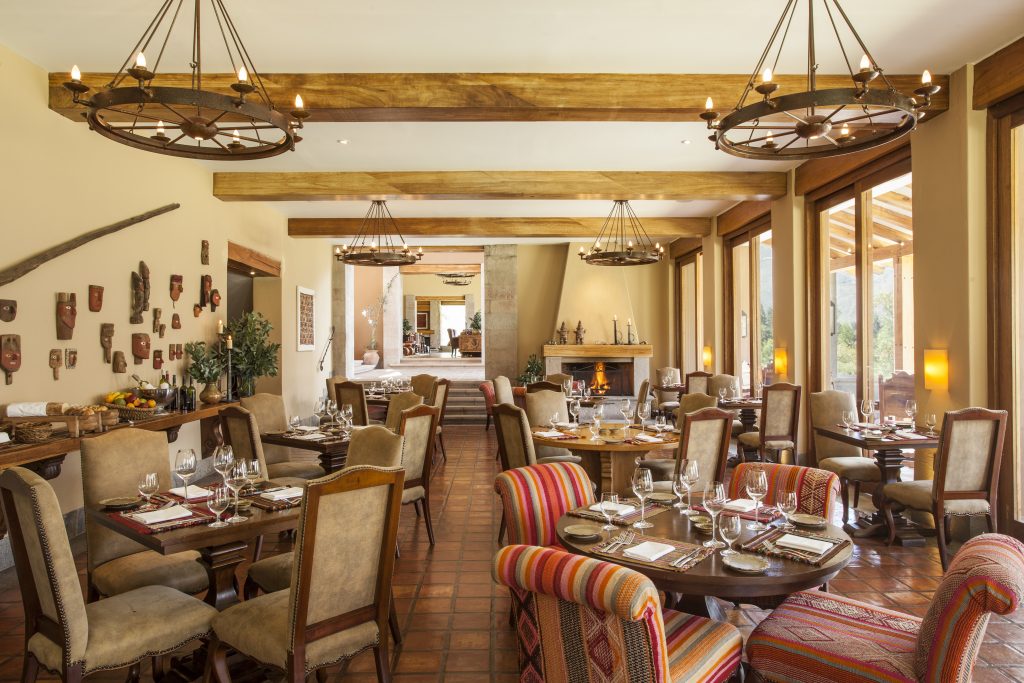
3. Inkaterra hosts guests from many different nationalities. How do you create a menu that appeals to such a diverse group of tastes?
– It is true that we receive travellers from all over the world, a fact that represents for us a huge challenge and also an opportunity to show the richness and variety of our products and gastronomy to such diverse palates. For example, some of our plates include strong and hot condiments which we have reduced so as to find the perfect combination adapted to each guest’s taste.
Furthermore, it is important to propose balanced menus in which one may find alternatives for families. I am lucky to have entire freedom for the elaboration of the menus without any nutritional restrictions.
4. How can other hotels increase their sustainability with their F&B offerings?
– Making good partnerships with local providers. Reaching a good synergy with them allows us to reach sustainability and also project ourselves towards the future.
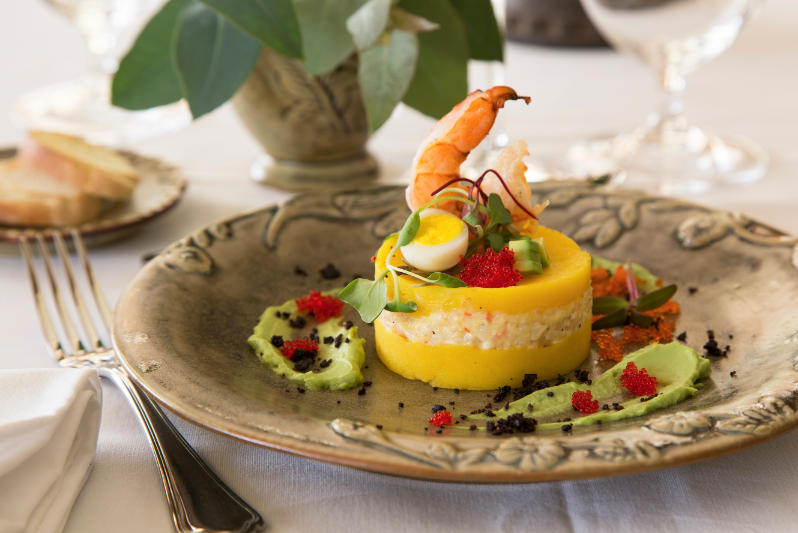
5. The ‘Earth to Table’ concept at Inkaterra Hacienda Urubamba was launched back in 2015. How has this concept developed at the property since it launched?
– With humility, I can say that this concept receives a good reception from our guests: many comment that we are really very lucky to have such a large and complete farm next to the hotel and be able to use it for them. Each year we increase the production and varieties of local products, and the farm is adapted to the menus we elaborate and propose.
6. What was the inspiration behind ‘Earth to Table’ and the main objectives? Do you think these have been met?
– Our main inspiration comes from our guests and also from the message we want to transmit, a healthier and organic concept. It is not an easy matter to cement this dream and we still have a lot to do to develop it. We are still unsatisfied with its results but want to improve these day by day.
7. Many guests at Inkaterra enjoy visiting the eco farm and seeing where the produce comes from. Do you think this style of education is important for guests to understand sustainable sourcing?
– I think that it is important to show what we are doing, especially when products are so fresh, cared for, organic etc. Showing the process of the ‘Earth to Table’ concept creates an understanding and a positive atmosphere and allows us to feel proud to propose it and transmit what we are doing to guests.
8. If you had to pick one ingredient which is grown at any Inkaterra property, what would it be and why?
– This is a very difficult question to answer, choosing one only ingredient among so many others that I love; however, if I must, I would choose the Amarillo (yellow chilli). This is an iconic ingredient that identifies our food and is used in many dishes, sauces, appetizers, main courses etc. It´s very versatile and has a happy flavour.
9. The local cuisine varies as you look at the different communities in Peru. How would you describe the differences in the regional cuisines and is this evident in the menus at the various properties?
– It is true that each region puts a distinctive hallmark, an identification, on its cuisine, In our case our differences are very important due to the fact that our hotels are located in very different regions The Andes & The Amazon. In the Amazon region, we use local products such as the Churos (giant river snails), when in the Cusco region we promote the traditional Cuy (or guinea pig) on our menu, among other local products.
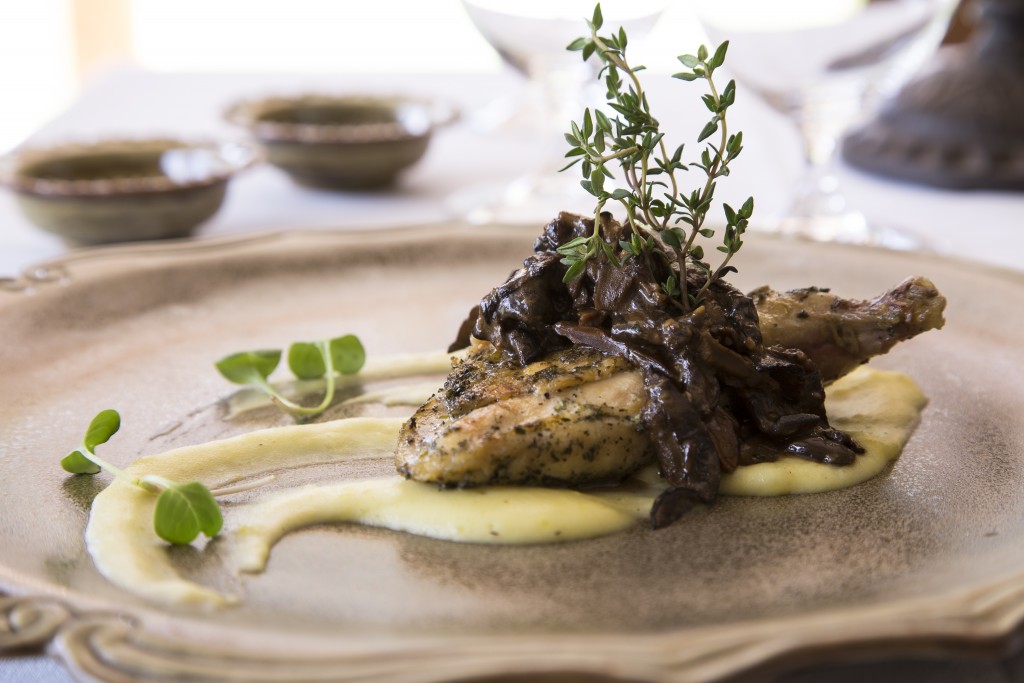
10. How often do you change the menus/ dishes at the properties? Is seasonality a big focus?
– The seasonality is a premise; what we try to achieve is to respect and maintain the rhythm of nature.
11. Peruvian cuisine is growing in popularity as more countries learn about the dishes. Have you noticed a difference in the guests coming to Inkaterra and their expectations of Peruvian food?
– Our guests are more and more demanding and when they arrive at our properties their expectations for a quality Peruvian gastronomy are very high. In our kitchens, we do our utmost to provide a unique gastronomy experience.
12. If you could sum up the Inkaterra cuisine in one sentence, what would it be?
– “Earth to table”
13. When sourcing ingredients from outside the hotel properties, how do you select the best produce and ensure it is sustainable?
– One of the most important and complex challenges is to reach a good product traceability. Luckily we count on an excellent logistic team that use different and efficient means of transportation to reach our properties: air, land and river.
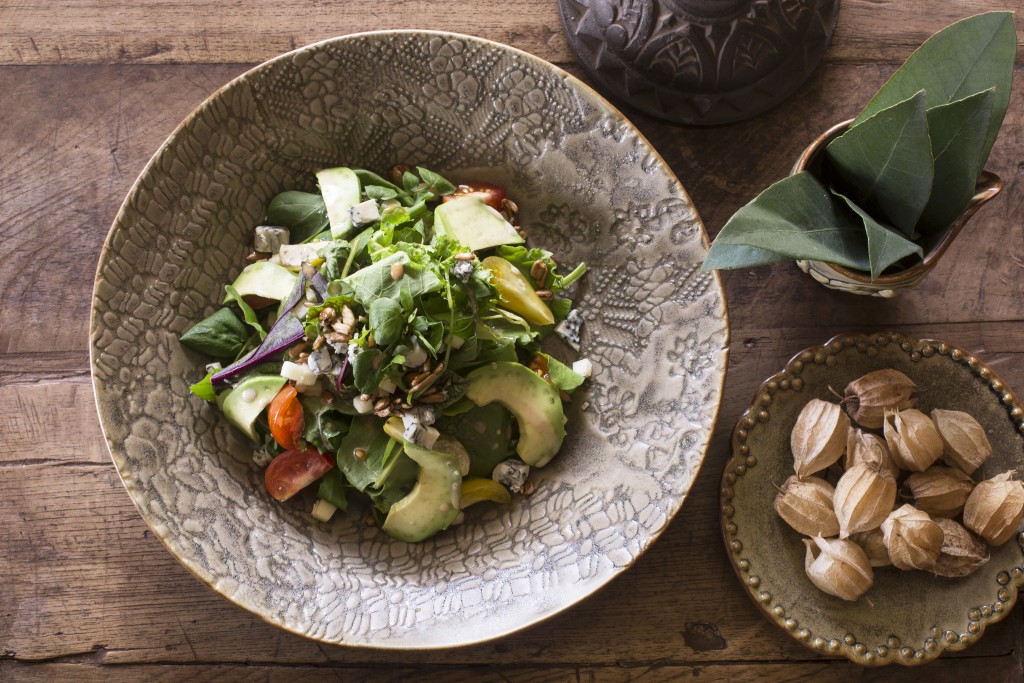
14. Can you give a little more information about the various crops and ingredients that are grown on the different properties?
– We are lucky enough to have a great variety of products in each region. In the Amazon rainforest, we manage an organic farm in the Gamitana area which produces many local products such as: aji dulce (sweet chile), various types of bananas, cacao, cocona (jungle tomato), copoazu (cacao family), araza, carambola (star fruit), sapote, cashew nut, pijuayo (peach palm) and pineapple.
In the Urubamba Valley mountain range, and in particular in the Huayoccari area, we count with a large bio-farm that produces aji Amarillo (yellow chilli), amaranth, uncucha (native potato), choclo (giant white corn), various types of lettuces, aromatic herbs, among many other products.
